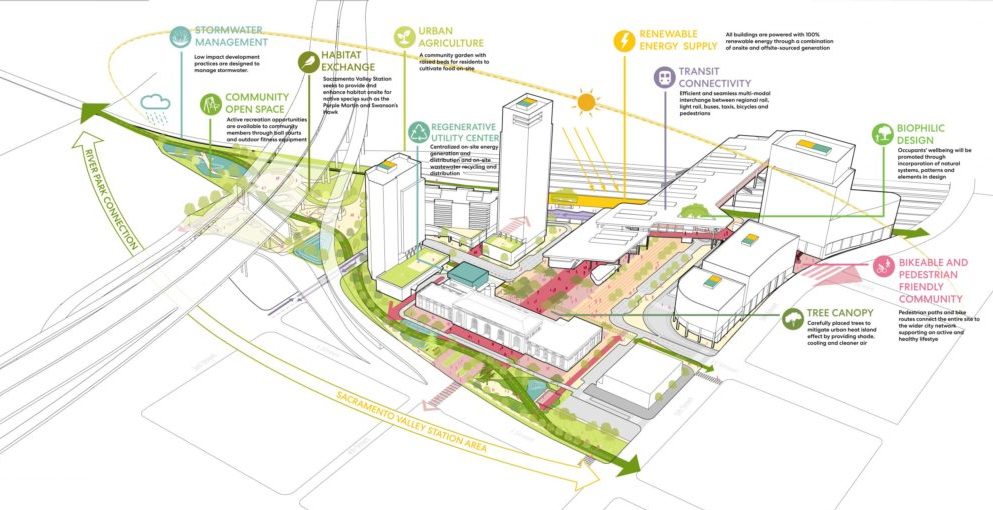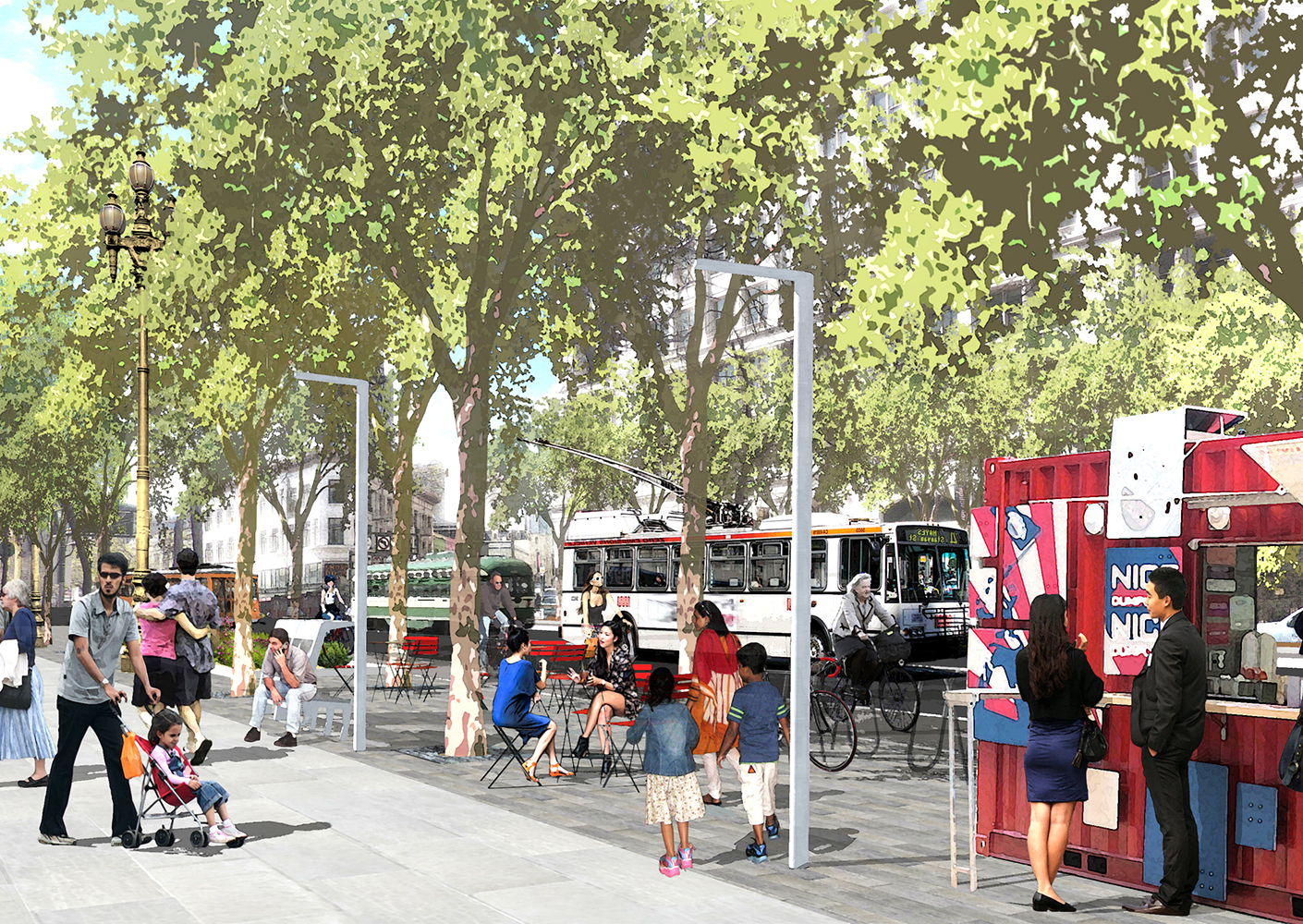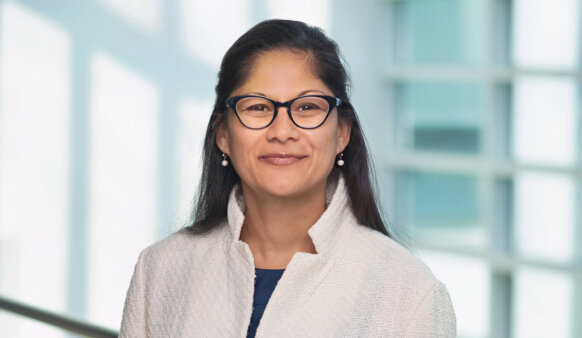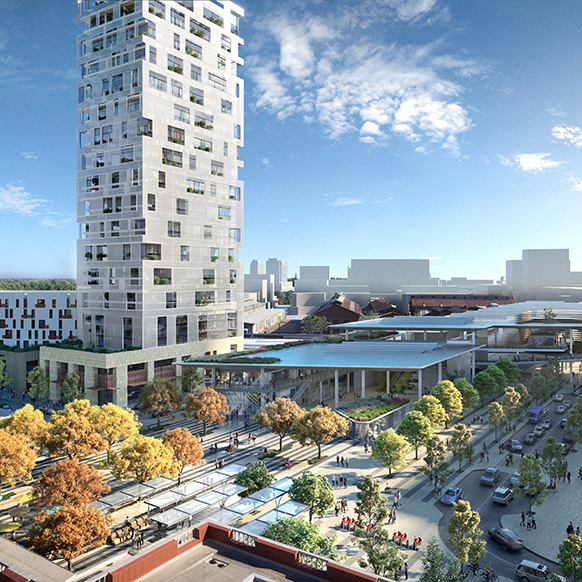This article, by Geeti Silwal, originally appeared on FORESIGHT Climate & Energy on July 29, 2020, and is republished on our site with permission. Click here for the original article.
The pursuit of carbon neutrality is, at its heart, a clarion call for a culture change—one that heeds our delicate relationship with nature and gives back to the environment more than it takes. As we grapple with a global public health crisis and issues of social equity and climate change, cities are waking up to their responsibility for a much-needed shift in city planning values.
City infrastructure—be it utility, transportation, or food—determines people’s choices, behavior, health, and community culture. A mixed-use, high density, transit-reliant community enables an active and healthy lifestyle, while a sprawled city, like Los Angeles, instills a culture of car-dependency.
According to a 2019 report by the UN Environment Programme and the International Energy Agency, transportation accounts for 23 percent of greenhouse gas emissions worldwide. Achieving low-carbon cities requires a deep commitment to sustainability on a holistic scale, reducing car-dependency, and shifting toward renewable energy sources. As city designers, it is incumbent upon us to understand the impact of our plans and building designs on the health of people, the city, and the environment.
People First
One project that’s leading the charge toward carbon neutrality is the Sacramento Valley Station Master Plan. This 36-acre parcel in the heart of the City of Sacramento, California, is set to become one of the first public agency-led Living Community Challenge Master Plans. Developed by the International Living Futures Institute, the accreditation is inspired by a philosophy of regeneration in addition to sustainability. Certification may only be achieved by demonstrating a project’s performance over at least a year after completion.




